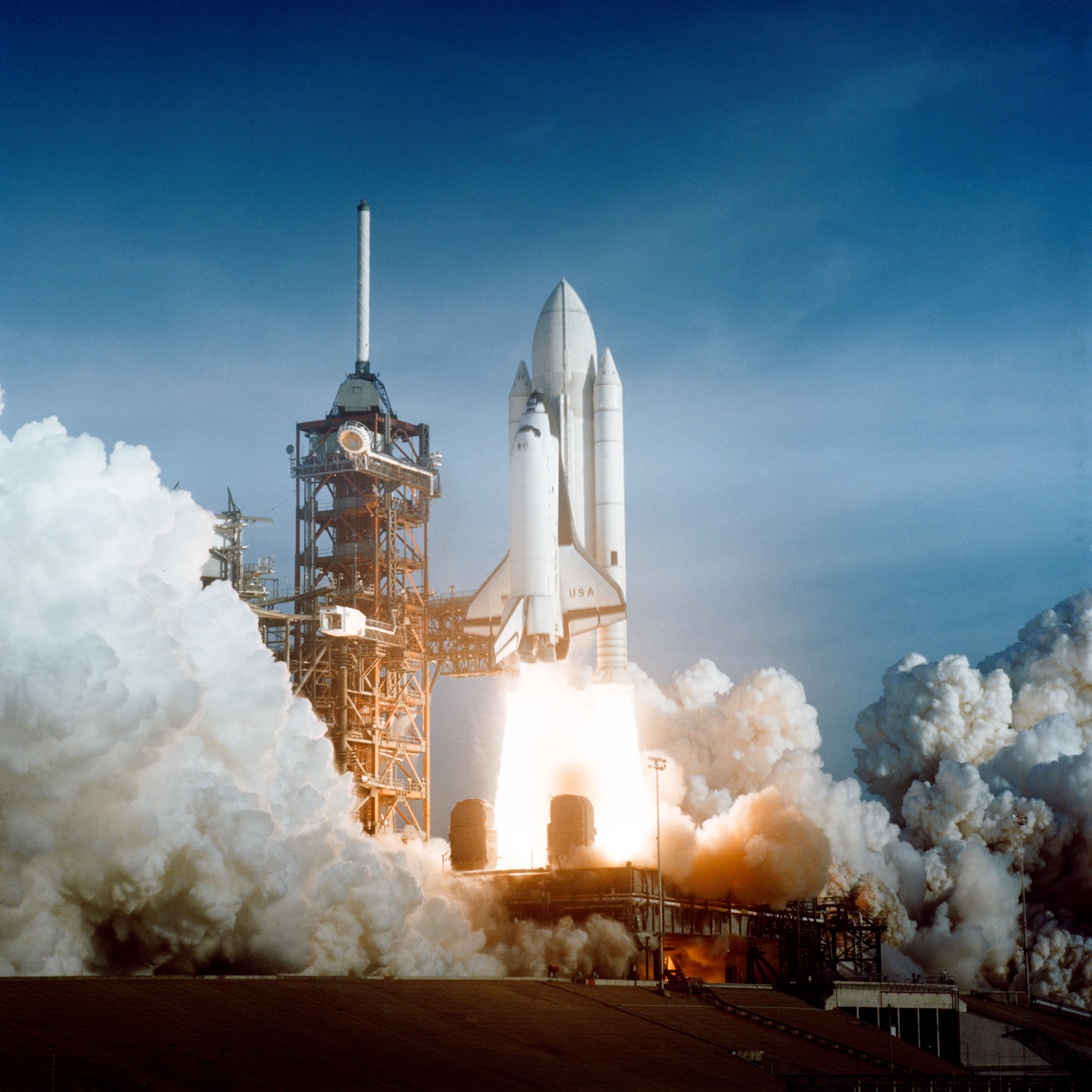|
EMISAT
EMISAT, launched on 1 April 2019, is an Indian reconnaissance satellite under Defence Research and Development Organisation (DRDO) project ''Kautilya'' which is a package that provides space-based electronic signal intelligence or ELINT. The spacecraft helps in improving the situational awareness of the Indian Armed Forces as it will provide information and location of enemy radars. The ELINT payload is developed by Defence Electronics Research Laboratory (DLRL), while augmented Indian Mini Satellite-2 (IMS-2) platform is provided by Indian Space Research Organisation (ISRO). The capabilities of the ''Kautilya'' package is highly classified. It monitors radio signals to determine the location and source of all transmission. See also * Indian military satellites *Indian Space Research Organisation *List of Indian satellites This list covers most artificial satellites built in and operated by the Republic of India. India has been successfully launching satellites of various ... [...More Info...] [...Related Items...] OR: [Wikipedia] [Google] [Baidu] |
PSLV-C45
The PSLV-C45 is the 47th mission of the Indian Polar Satellite Launch Vehicle (PSLV) program. The Polar Satellite Launch Vehicle (PSLV)-C45 was launched on 1 April 2019 with a payload of 29 satellites, including one for electronic intelligence, along with 28 customer satellites from other countries. Details The PSLV-C45 was launched from the second launch pad of the Satish Dhawan Space Centre in Sriharikota, Andhra pradesh,India. The PSLV C45 rocket carried primary payloads like EMISAT and secondary payloads like M6P, BlueWalker 1, four Lemur-2 out of a total of thirty satellites. EMISAT is developed by DRDO. The EMISAT satellite is based on the IMS-2 bus inherited from SARAL. The nature of the payload has not been officially confirmed. It was the first flight of PSLV-QL, having 4 strap-on boosters and placed a primary payload EMISAT and a secondary payload of multiple cubesats, for example 4 Lemur-2 satellites and the M6P satellite, in sun-synchronous orbit A Sun-syn ... [...More Info...] [...Related Items...] OR: [Wikipedia] [Google] [Baidu] |
Indian Space Research Organisation
The Indian Space Research Organisation (ISRO; ) is the national space agency of India, headquartered in Bengaluru. It operates under the Department of Space (DOS) which is directly overseen by the Prime Minister of India, while the Chairman of ISRO acts as the executive of DOS as well. ISRO is India's primary agency for performing tasks related to space-based applications, space exploration and the development of related technologies. It is one of six government space agencies in the world which possess full launch capabilities, deploy cryogenic engines, launch extraterrestrial missions and operate large fleets of artificial satellites. The Indian National Committee for Space Research (INCOSPAR) was established by Jawaharlal Nehru under the Department of Atomic Energy (DAE) in 1962, on the urging of scientist Vikram Sarabhai, recognising the need in space research. INCOSPAR grew and became ISRO in 1969, within DAE. In 1972, the government of India set up a Space Commission a ... [...More Info...] [...Related Items...] OR: [Wikipedia] [Google] [Baidu] |
Polar Satellite Launch Vehicle
The Polar Satellite Launch Vehicle (PSLV) is an expendable medium-lift launch vehicle designed and operated by the Indian Space Research Organisation (ISRO). It was developed to allow India to launch its Indian Remote Sensing (IRS) satellites into sun-synchronous orbits, a service that was, until the advent of the PSLV in 1993, only commercially available from Russia. PSLV can also launch small size satellites into Geostationary Transfer Orbit (GTO). Some notable payloads launched by PSLV include India's first lunar probe Chandrayaan-1, India's first interplanetary mission, Mars Orbiter Mission (Mangalyaan) and India's first space observatory, Astrosat. PSLV has gained credibility as a leading provider of rideshare services for small satellites, owing to its numerous multi-satellite deployment campaigns with auxiliary payloads, usually ride-sharing along with an Indian primary payload. As of June 2022, PSLV has launched 345 foreign satellites from 36 countries. Most notab ... [...More Info...] [...Related Items...] OR: [Wikipedia] [Google] [Baidu] |
Integrated Space Cell
The Integrated Space Cell was the nodal agency within the Government of India which oversees the security of its space based military and civilian hardware systems. It was to be jointly operated by all the three services of the Indian Armed Forces, the civilian Defence Research and Development Organisation and the Indian Space Research Organisation (ISRO). This agency was Superseded by Defence Space Agency. Description The Integrated Space Cell had been set up to utilise more effectively the country's space-based assets for military purposes and to look into threats to these assets. It functioned under the Integrated Defense Services headquarters of the Indian Ministry of Defense. This command leveraged space technology including satellites. Unlike an aerospace command, where the air force controls most of its activities, the Integrated Space Cell envisaged cooperation and coordination between the three services as well as civilian agencies dealing with space. The armed forces ar ... [...More Info...] [...Related Items...] OR: [Wikipedia] [Google] [Baidu] |
Indian Mini Satellite Bus
Indian Mini Satellite (IMS) is a family of modular mini satellite buses developed by the Indian Space Research Organisation The Indian Space Research Organisation (ISRO; ) is the national space agency of India, headquartered in Bengaluru. It operates under the Department of Space (DOS) which is directly overseen by the Prime Minister of India, while the Chairman of ... (ISRO). Variants See also * Comparison of satellite buses References Indian Space Research Organisation Satellite buses {{India-spacecraft-stub ... [...More Info...] [...Related Items...] OR: [Wikipedia] [Google] [Baidu] |
National Technical Research Organisation
The National Technical Research Organisation (NTRO) is a technical intelligence agency under the National Security Advisor in the Prime Minister's Office, India. It was set up in 2004. It has the same "norms of conduct" as the Intelligence Bureau (IB) and the Research and Analysis Wing (R&AW). History The National Technical Research Organisation (NTRO), originally known as the National Technical Facilities Organisation (NTFO), is a highly specialised technical intelligence gathering agency. While the agency does not affect the working of technical wings of various intelligence agencies, including those of the Indian Armed Forces, it acts as a super-feeder agency for providing technical intelligence to other agencies on internal and external security. The Group of Ministers (GOM) headed by then Deputy Prime Minister L K Advani had recommended the constitution of the NTFO as a state-of-the-art technical wing of intelligence gathering. Due to security concerns, the recommendat ... [...More Info...] [...Related Items...] OR: [Wikipedia] [Google] [Baidu] |
List Of Indian Satellites
This list covers most artificial satellites built in and operated by the Republic of India. India has been successfully launching satellites of various types from 1975. Apart from Indian rockets, these satellites have been launched from various vehicles, including American, Russian and European rockets sometimes as well. The organisation responsible for India's space program is Indian Space Research Organisation (ISRO) and it shoulders the bulk of the responsibility of designing, building, launching and operating these satellites. Legend This is a list of Indian (wholly or partially owned, wholly or partially designed and/or manufactured) satellites and orbital space crafts, both operated by the Indian government (ISRO, Indian defence forces, other government agencies) or private (educational and research) entities. All satellite launches marked successful have completed at least one full orbital flight (no sub-orbital flights have been included in this list). 1970s Indian ... [...More Info...] [...Related Items...] OR: [Wikipedia] [Google] [Baidu] |
Defence Electronics Research Laboratory
Defence Electronics Research Laboratory (DLRL) is a laboratory of the Defence Research & Development Organization (DRDO). Located in Hyderabad, it is actively involved in the design and development of integrated Electronic Warfare systems for the Indian Armed Forces. History DLRL was established in 1961 under DRDO, in order to meet the needs and requirements of electronic warfare systems for the Indian Armed Forces, including communication and radar systems. These functions were later handed over to specialized laboratories. Communication cipher equipment, developed by DLRL, was successfully deployed in the 1965 war with Pakistan. It was founded by S. P. Chakravarti, the father of Electronics and Telecommunication engineering in India, who also founded LRDE and DRDL. DLRL was included on the list of Indian entities that were subjected to US sanctions announced after the May 1998 nuclear tests. The testing and evaluation of EW systems demand huge infrastructure, test and eval ... [...More Info...] [...Related Items...] OR: [Wikipedia] [Google] [Baidu] |
Spacecraft Launched By PSLV Rockets
A spacecraft is a vehicle or machine designed to spaceflight, fly in outer space. A type of artificial satellite, spacecraft are used for a variety of purposes, including Telecommunications, communications, Earth observation satellite, Earth observation, Weather satellite, meteorology, navigation, space colonization, Planetary science, planetary exploration, and Space transport, transportation of Human spaceflight, humans and cargo spacecraft, cargo. All spacecraft except single-stage-to-orbit vehicles cannot get into space on their own, and require a launch vehicle (carrier rocket). On a sub-orbital spaceflight, a space vehicle enters outer space, space and then returns to the surface without having gained sufficient energy or velocity to make a full Earth orbit. For orbital spaceflights, spacecraft enter closed orbits around the Earth or around other Astronomical object, celestial bodies. Spacecraft used for human spaceflight carry people on board as crew or passengers from ... [...More Info...] [...Related Items...] OR: [Wikipedia] [Google] [Baidu] |
Spacecraft Launched By India In 2019
A spacecraft is a vehicle or machine designed to fly in outer space. A type of artificial satellite, spacecraft are used for a variety of purposes, including communications, Earth observation, meteorology, navigation, space colonization, planetary exploration, and transportation of humans and cargo. All spacecraft except single-stage-to-orbit vehicles cannot get into space on their own, and require a launch vehicle (carrier rocket). On a sub-orbital spaceflight, a space vehicle enters space and then returns to the surface without having gained sufficient energy or velocity to make a full Earth orbit. For orbital spaceflights, spacecraft enter closed orbits around the Earth or around other celestial bodies. Spacecraft used for human spaceflight carry people on board as crew or passengers from start or on orbit (space stations) only, whereas those used for robotic space missions operate either autonomously or telerobotically. Robotic spacecraft used to support scientific re ... [...More Info...] [...Related Items...] OR: [Wikipedia] [Google] [Baidu] |
Satellites Of India
A satellite or artificial satellite is an object intentionally placed into orbit in outer space. Except for passive satellites, most satellites have an electricity generation system for equipment on board, such as solar panels or radioisotope thermoelectric generators (RTGs). Most satellites also have a method of communication to ground stations, called transponders. Many satellites use a standardized bus to save cost and work, the most popular of which is small CubeSats. Similar satellites can work together as a group, forming constellations. Because of the high launch cost to space, satellites are designed to be as lightweight and robust as possible. Most communication satellites are radio relay stations in orbit and carry dozens of transponders, each with a bandwidth of tens of megahertz. Satellites are placed from the surface to orbit by launch vehicles, high enough to avoid orbital decay by the atmosphere. Satellites can then change or maintain the orbit by propulsion, ... [...More Info...] [...Related Items...] OR: [Wikipedia] [Google] [Baidu] |
Signals Intelligence Satellites
In signal processing, a signal is a function that conveys information about a phenomenon. Any quantity that can vary over space or time can be used as a signal to share messages between observers. The ''IEEE Transactions on Signal Processing'' includes audio, video, speech, image, sonar, and radar as examples of signal. A signal may also be defined as observable change in a quantity over space or time (a time series), even if it does not carry information. In nature, signals can be actions done by an organism to alert other organisms, ranging from the release of plant chemicals to warn nearby plants of a predator, to sounds or motions made by animals to alert other animals of food. Signaling occurs in all organisms even at cellular levels, with cell signaling. Signaling theory, in evolutionary biology, proposes that a substantial driver for evolution is the ability of animals to communicate with each other by developing ways of signaling. In human engineering, signals are typi ... [...More Info...] [...Related Items...] OR: [Wikipedia] [Google] [Baidu] |



.jpg)



